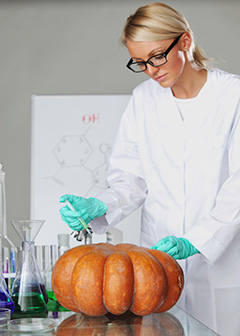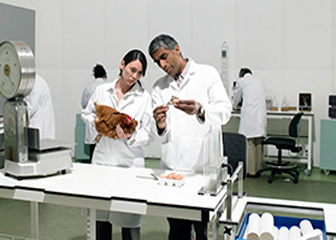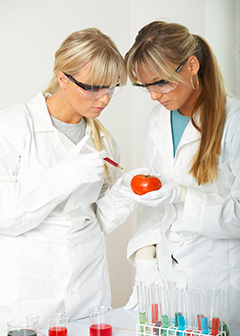Summary

| Quick Facts: Agricultural and Food Science Technicians | |
|---|---|
|
$32,760 per year
$15.75 per hour |
|
| Associate’s degree | |
| None | |
| None | |
| 21,300 | |
| 7% (Slower than average) | |
| 1,500 | |
What Agricultural and Food Science Technicians Do
Under the supervision of scientists, agricultural and food science technicians measure and analyze the quality of food and agricultural products.
Work Environment
Agricultural and food science technicians work in offices, laboratories, and in processing plants.
How to Become an Agricultural or Food Science Technician
Agricultural and food science technicians typically need an associate’s degree in animal science or a related field. Technicians who have only a high school diploma typically get more on-the-job training than those with an associate’s degree.
Pay
The median annual wage of agricultural and food science technicians was $32,760 in May 2010.
Job Outlook
Employment of agricultural and food science technicians is expected to grow by 7 percent from 2010 to 2020, slower than the average for all occupations.
Similar Occupations
Compare the job duties, education, job growth, and pay of agricultural and food science technicians with similar occupations.
O*NET
O*NET provides comprehensive information on key characteristics of workers and occupations.
Contacts for More Information
Learn more about agricultural and food science technicians by contacting these additional resources.








